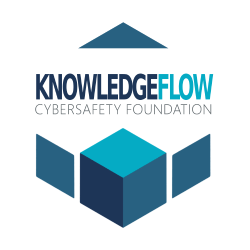The CRAAP Test
CRAAP Test is helpful for the educator and the teacher to find out whether the source related to academics is authentic or not. The CRAAP Test is the acronym for Currency, Relevance, Authority, Accuracy, and Purpose. It is not easy to find out whether the source is trustworthy to use as a tool of research or not. Sarah Blakeslee has developed the CRAAP Test with her team at California University, Chico.
